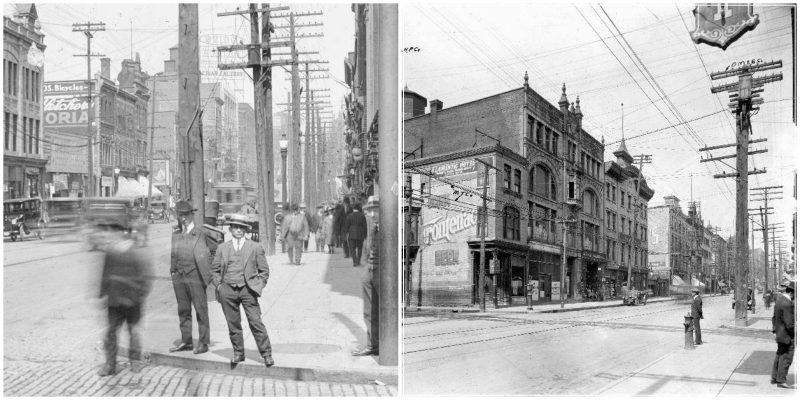Montreal is the largest city in the Canadian province of Quebec. It is the second largest city in Canada and the 26th largest in the Americas. Originally called Ville-Marie, or “City of Mary,” it is named after Mount Royal, the triple-peaked hill in the heart of the city. The city is on the Island of Montreal, which took its name from the same source as the city, and a few much smaller peripheral islands, the largest of which is Île Bizard. It has a distinct four-season continental climate with warm to hot summers and cold snowy winters.
Montreal was named a UNESCO City of Design.Historically the commercial capital of Canada, it was surpassed in population and economic strength by Toronto in the 1970s. It remains an important centre of commerce, aerospace, finance, pharmaceuticals, technology, design, culture, tourism, gaming, film and world affairs. In August 2015 the Economist Intelligence Unit’sGlobal Liveability Ranking placed Montreal 14th out of 140 cities.
A collection of 15 vintage photographs of Montreal, from 1914 to 1926, via Archives de la Ville de Montréal.
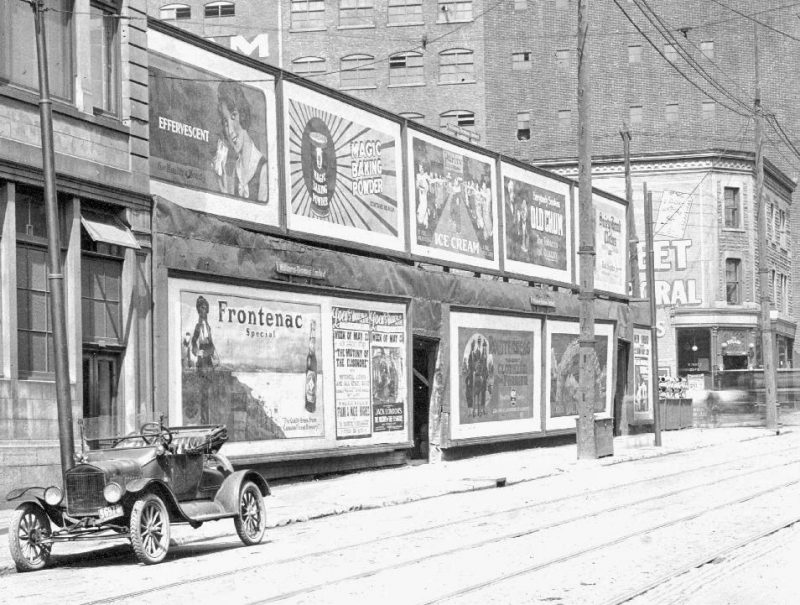
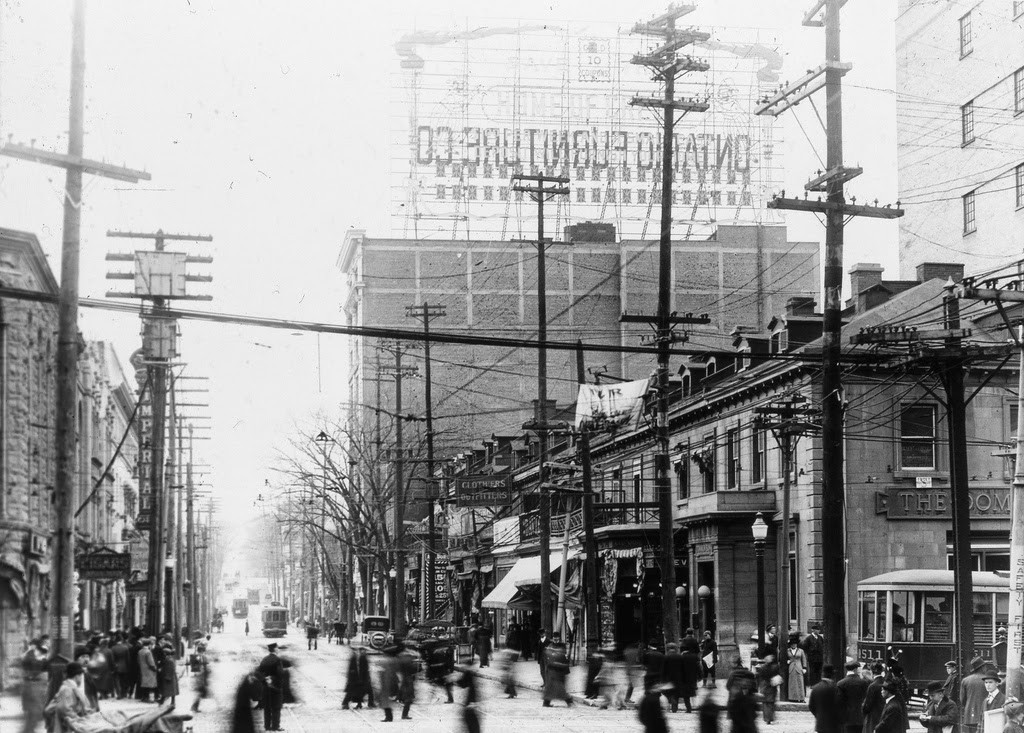
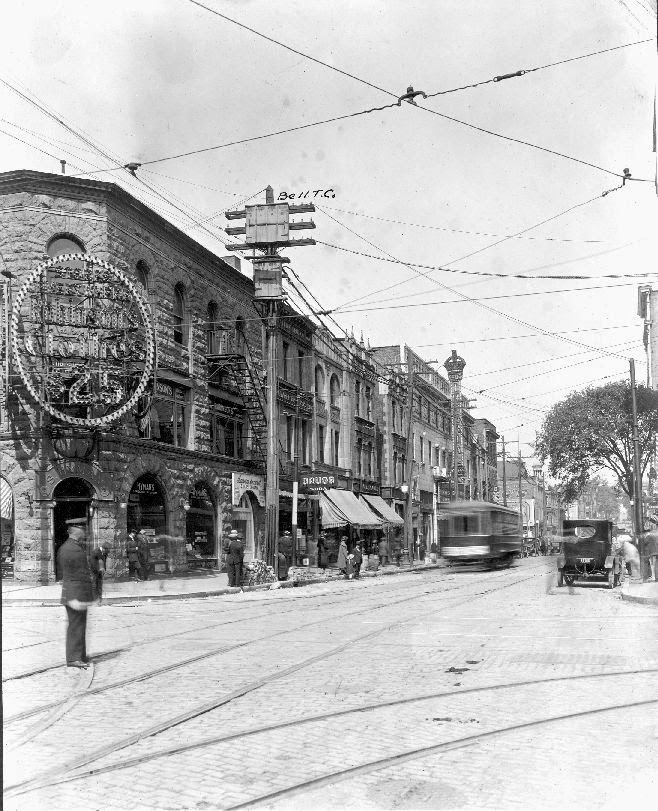
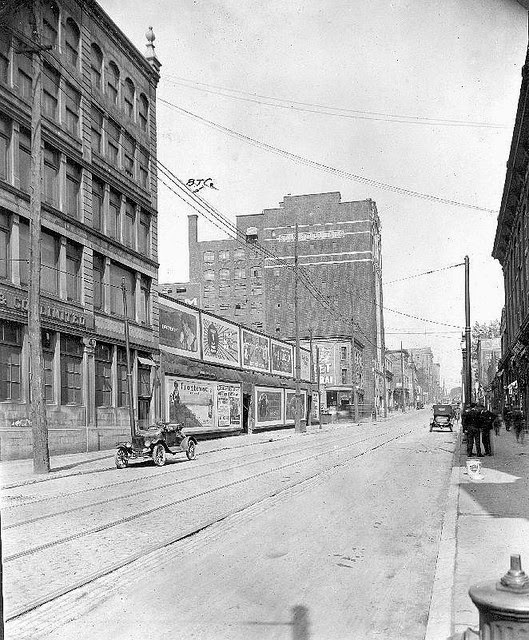
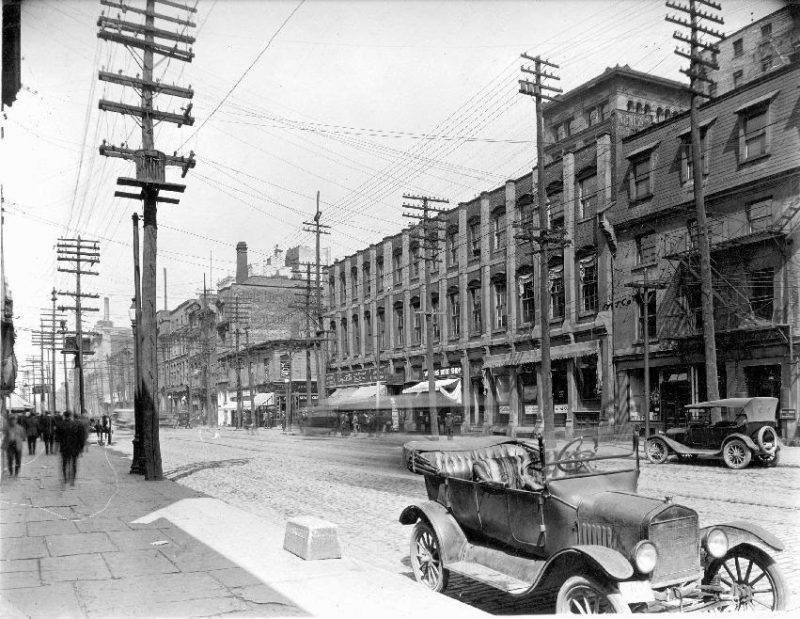
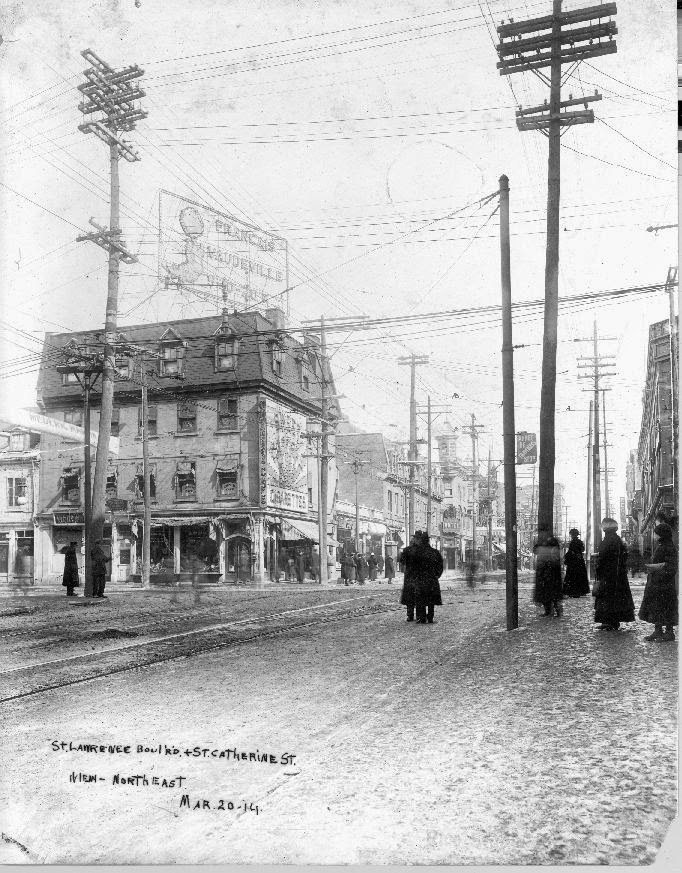
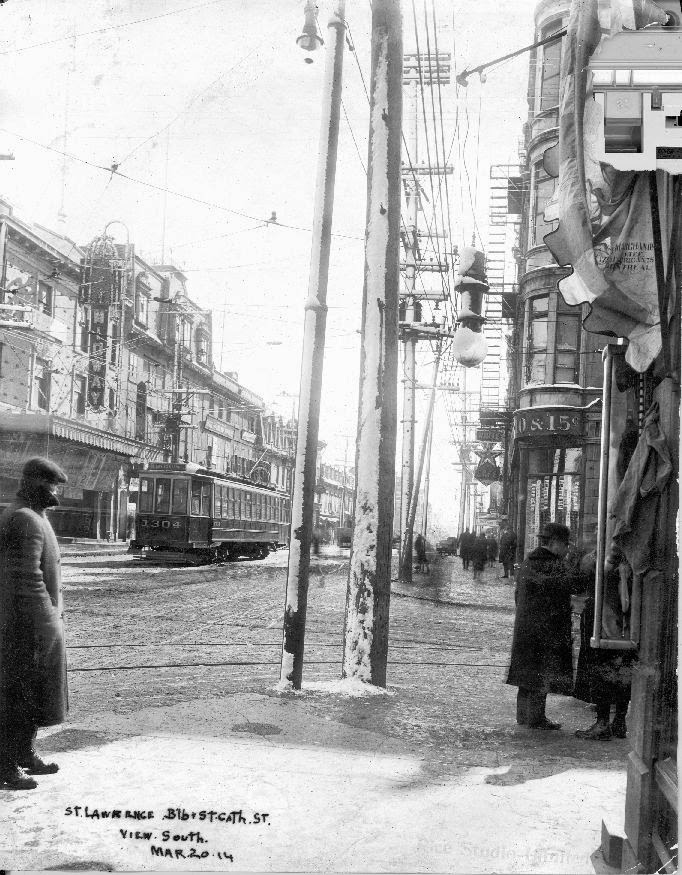
The history of Montreal, spans some 8,000 years. At the time of European contact, the area was inhabited by the St. Lawrence Iroquoians, a discrete and distinct group of Iroquoian-speaking indigenous people. They spoke Laurentian. Jacques Cartier became the first European to reach the area now known as Montreal in 1535 when he entered the village of Hochelaga on the Island of Montreal while in search of a passage to Asia during the Age of Exploration. Seventy years later, Samuel de Champlain unsuccessfully tried to create a fur trading post but the Mohawk of the Iroquois defended what they had been using as their hunting grounds.
A mission named Ville Marie was built in 1642 as part of a project to create a French colonial empire. Ville Marie became a centre for the fur trade and French expansion into New France until 1760, when it was surrendered to the British army, following the French defeat of the Battle of the Plains of Abraham. British immigration expanded the city. The city’s golden era of fur trading began with the advent of the locally owned North West Company.
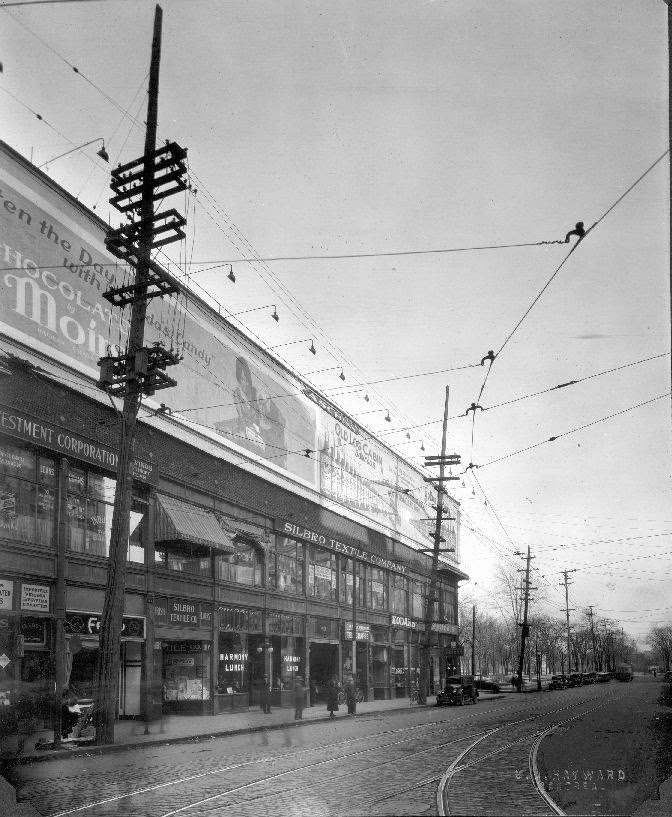
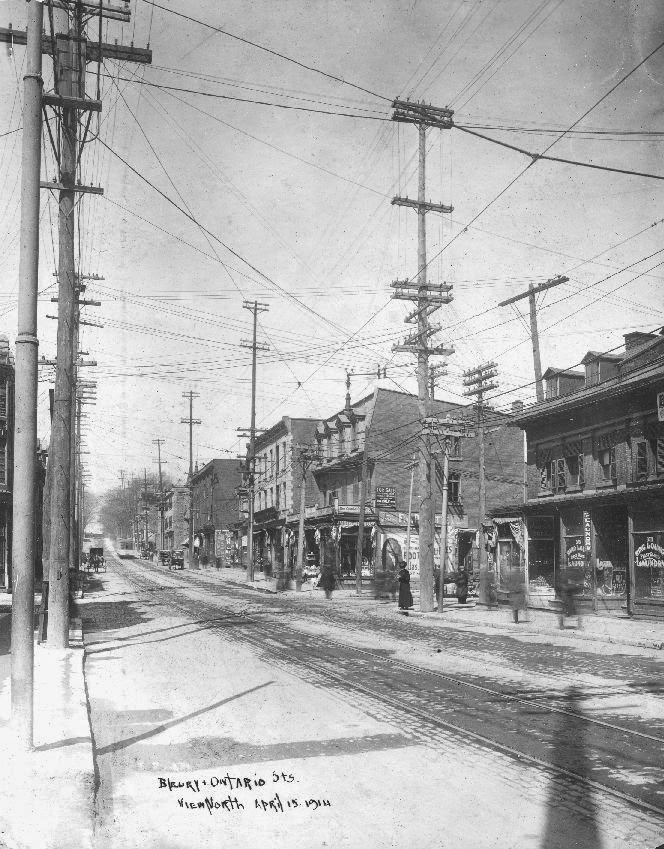
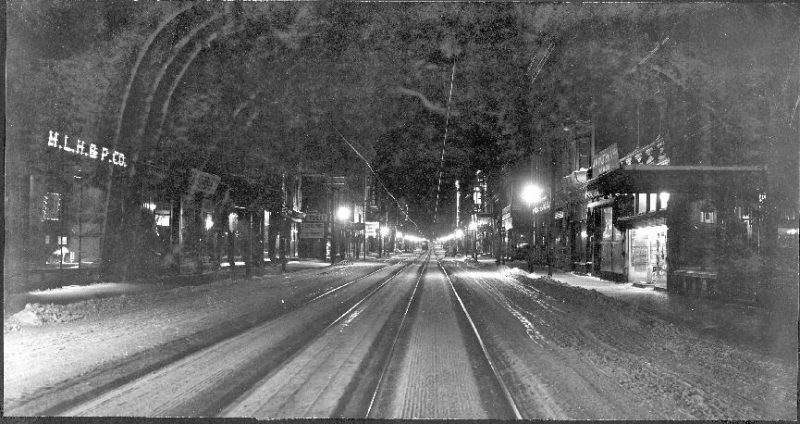
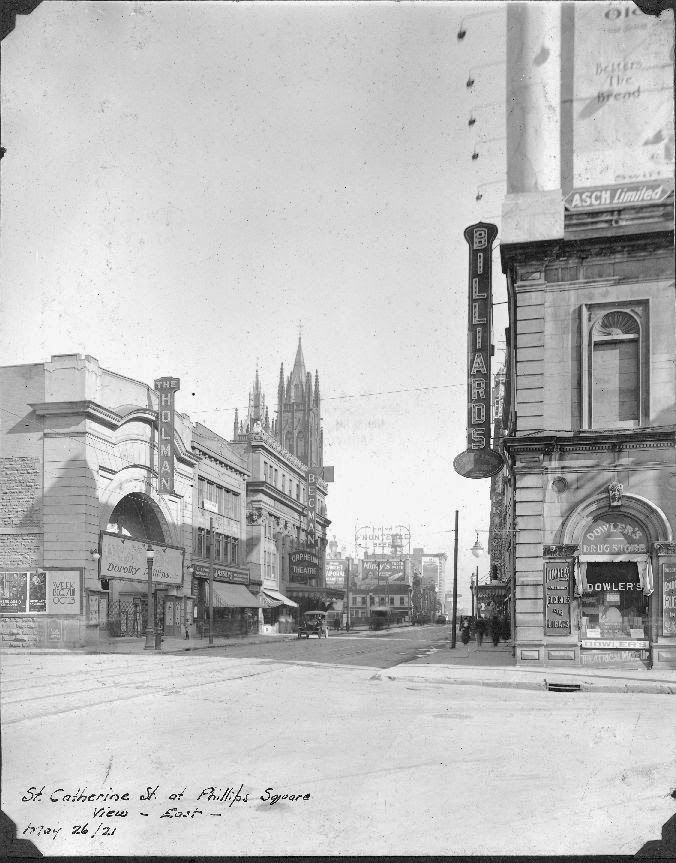
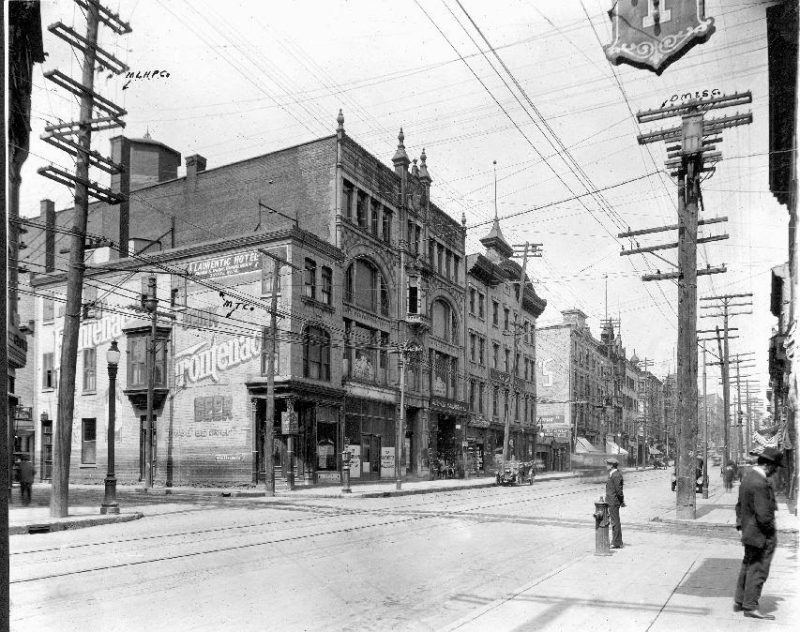
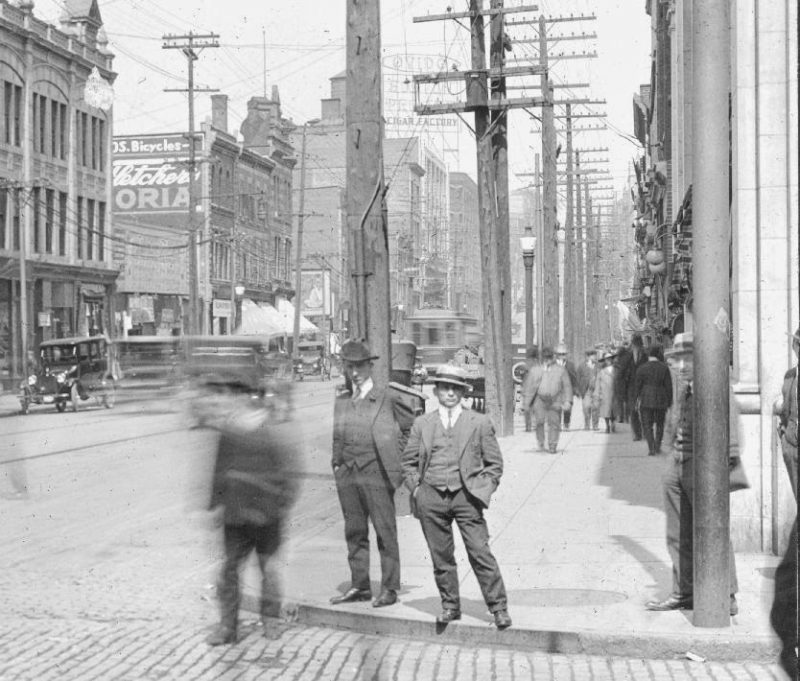
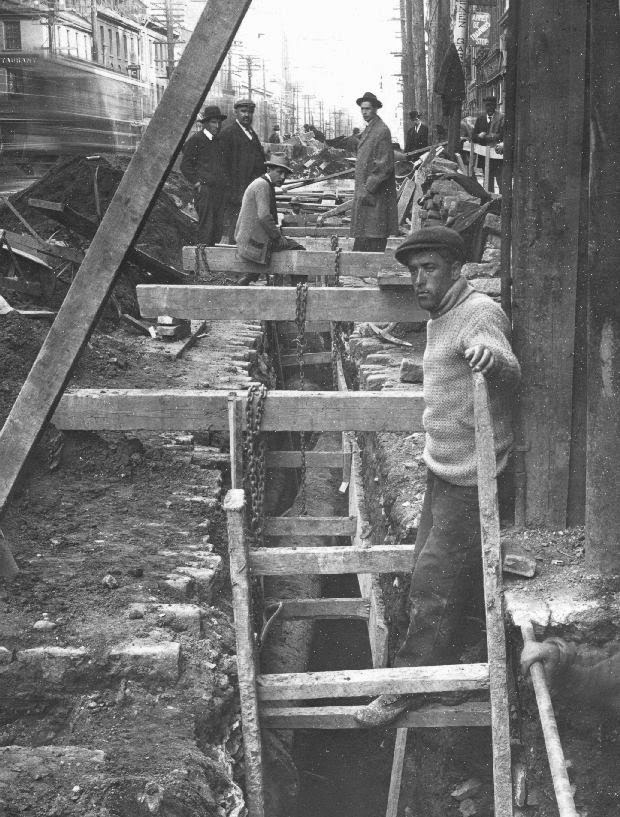
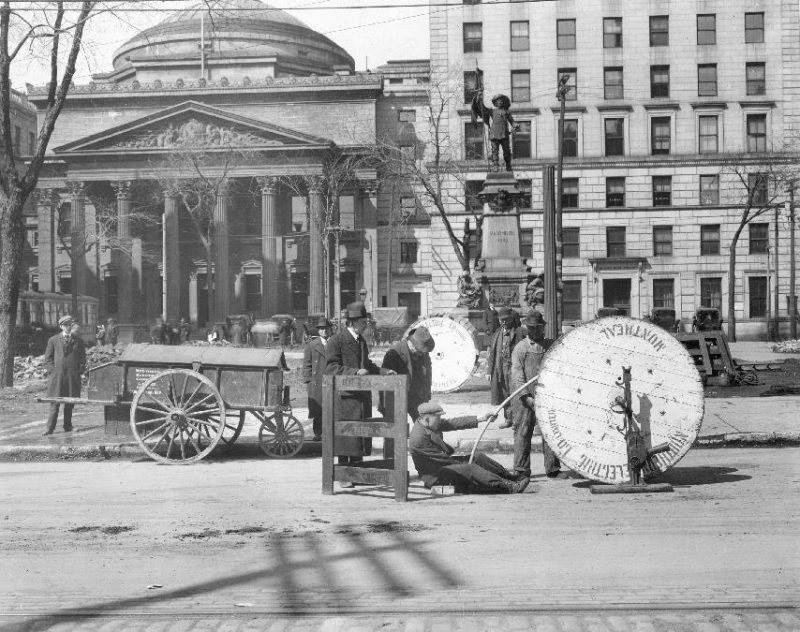
Montreal was incorporated as a city in 1832. The city’s growth was spurred by the opening of the Lachine Canal and Montreal was the capital of the United Province of Canada from 1844 to 1849. Growth continued and by 1860 Montreal was the largest city in British North America and the undisputed economic and cultural centre of Canada. Annexation of neighbouring towns between 1883 and 1918 changed Montreal back to a mostly Francophone city. The Great Depression in Canada brought unemployment to the city, but this waned in the mid-1930s, and skyscrapers began to be built.
World War II brought protests against conscription and caused the Conscription Crisis of 1944. Montreal’s population surpassed one million in the early 1950s. A new metro system was added, Montreal’s harbour was expanded and the St. Lawrence Seaway was opened during this time. More skyscrapers were built along with museums. International status was cemented by Expo 67 and the 1976 Summer Olympics. A major league baseball team, the Expos, played in Montreal from 1969 to 2005 when the team relocated to Washington, DC. Historically business and finance in Montreal was under the control of Anglophones. With the rise of Quebec nationalism in the 1970s, many institutions relocated their headquarters to Toronto
